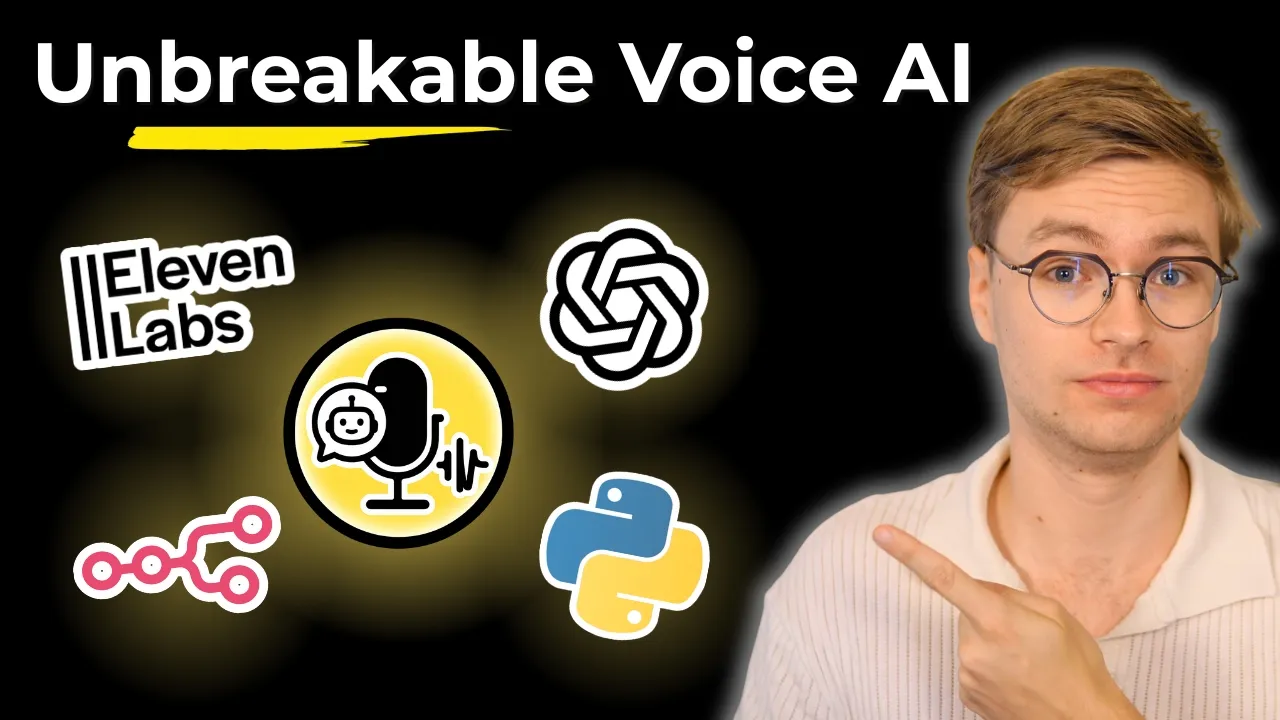AI Voice Agents for Government Services
Municipal and state agencies juggle permit questions, service outages, and program eligibility calls. Budgets stay flat while citizen expectations skyrocket. Most AI phone solutions buckle under that pressure. In the video, the unsupervised agent ignored a frustrated caller because it fixated on the original prompt. Government hotlines see the same behavior when residents share multiple issues in rapid succession. The moderator loop solves it by supervising every exchange, comparing progress to a shared checklist, and guiding the voice agent toward compliant answers.
Why Civic Hotlines Need Moderation
Public sector calls carry policy language, accessibility requirements, and escalation protocols. A single prompt cannot keep it all straight, so the bot improvises answers, forgets disclosures, and routes citizens to the wrong department. That is how service queues clog and community trust erodes.
Pairing the agent with a moderator adds disciplined oversight. In the demo, the moderator urged the agent to acknowledge frustration and collect improvement ideas. Applied to government services, it ensures the agent confirms identity with approved phrasing, references the correct policy, and escalates sensitive cases to trained staff.
Build the Government Service Checklist
Map the information every citizen interaction should capture:
- Caller identity, case number, preferred language, and accessibility needs
- Request category such as permits, sanitation, utility outage, or public program enrollment
- Required disclosures covering privacy, legal disclaimers, or expected timelines
- Escalation triggers for emergency services, compliance reviews, or supervisor callbacks
Place this checklist inside the shared prompt so the moderator can spot gaps immediately. When the agent fails to note ADA accommodation requests, the moderator suggests a targeted question instead of replaying the entire script. This structure mirrors AI Agent Development Practical Guide for Engineers.
Keep Compliance and Empathy Balanced
Residents want to feel heard while receiving accurate information. The moderator maintains that balance by coaching the agent to:
- Use plain language explanations anchored in official policy
- Clarify processing timelines without overpromising speed
- Offer translations or human escalation when the situation demands empathy
Those cues shifted the tone in the demo, and scaled across departments they transform citizen perception of automated service.
Turn Calls Into Public Service Insight
Structured transcripts help agencies monitor service demand, detect recurring infrastructure issues, and spot policy confusion before it escalates. Operations leaders can prioritize field crews, communication teams can target outreach campaigns, and compliance officers gain transparent audit trails. Pair these insights with AI Agent Evaluation Measurement Optimization Frameworks to measure impact on first-contact resolution and citizen satisfaction.
Deploy Responsibly
Pilot the moderated agent on high-volume but low-risk programs like recycling schedules or facility hours. Compare the results to human operators, review moderator coaching logs with legal teams, and refine the checklist in partnership with department leads. Once the agent matches human accuracy, extend it to permit appointment scheduling, outage reporting, and community alerts. Maintain prompt accuracy with the routines in AI Agent Documentation Maintenance Strategy.
Next Steps
Watch the video walkthrough to study how the moderator packages checklist status, coaching, and suggested prompts. Then adapt the framework to your civic contact center. Inside the AI Native Engineering Community we share public sector scripts, compliance guides, and rollout plans. Join us to deliver AI voice agents that citizens actually trust.

